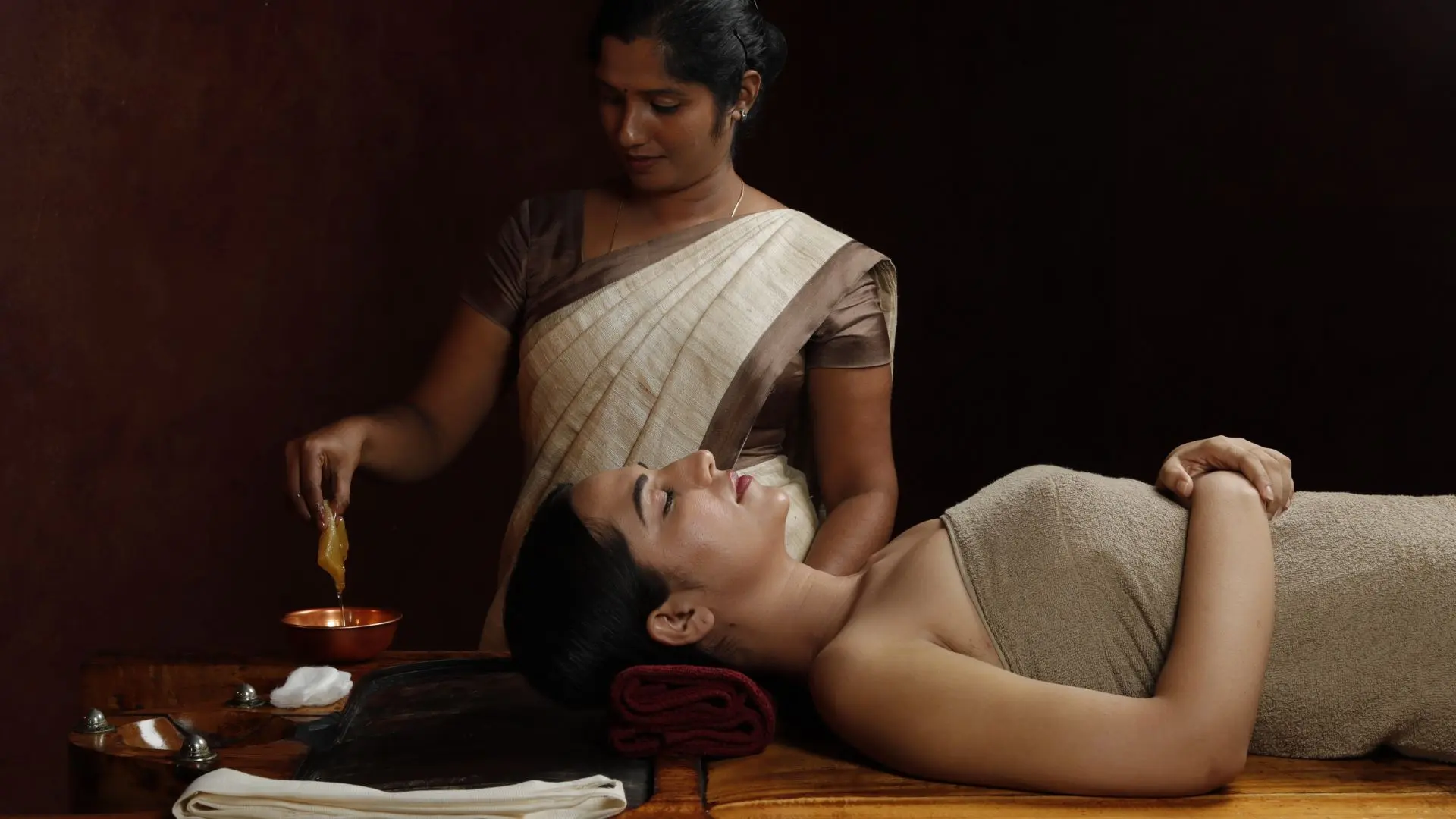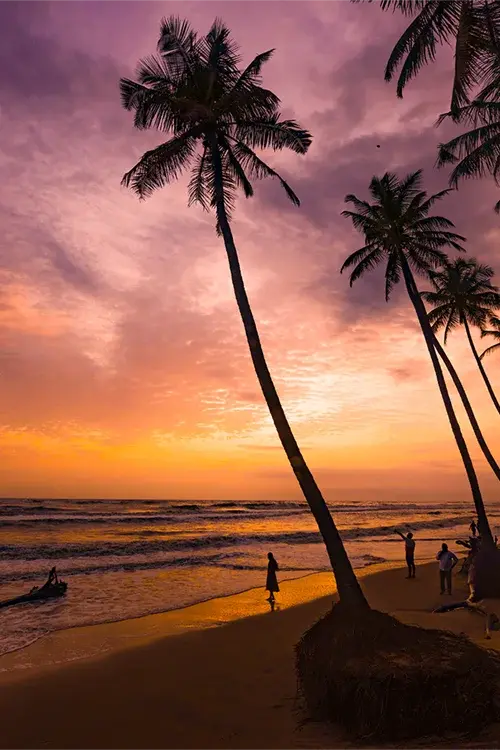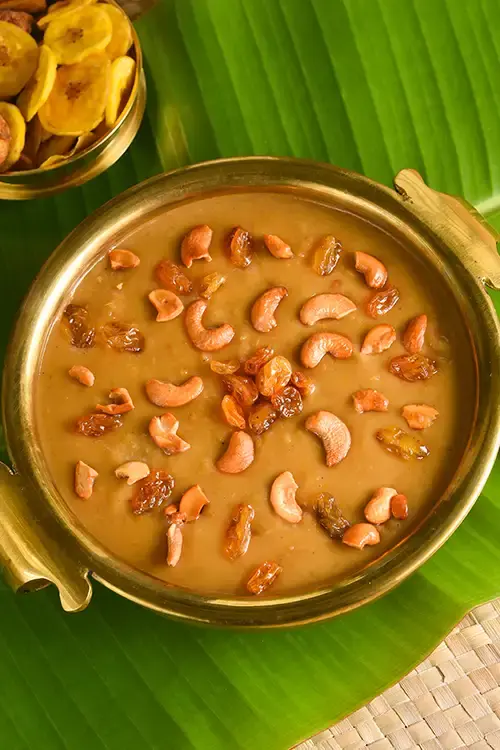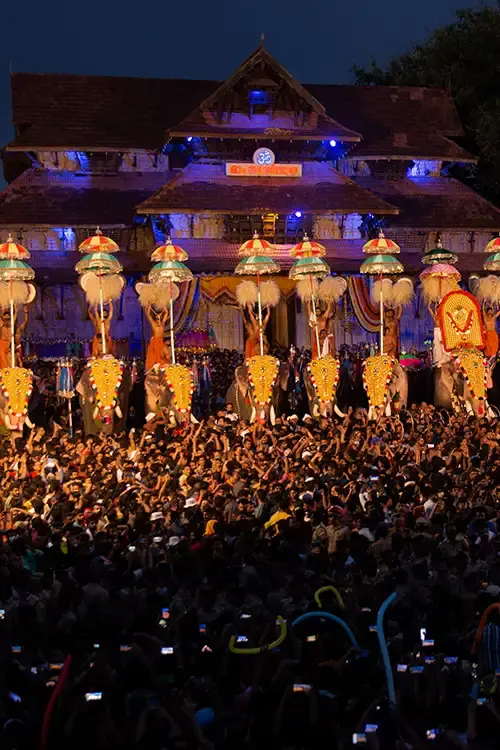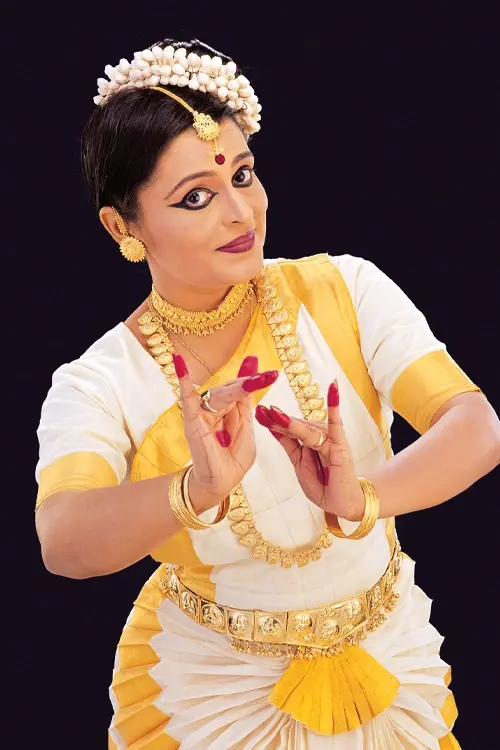FAQ
What is Kerala saree and mundu?
The Kerala Saree and Mundu are iconic traditional garments that reflect Kerala’s rich cultural heritage and simplicity. Worn predominantly during festivals, weddings, and cultural events, these garments are symbolic of elegance and timelessness.
The Kerala Saree, also known as Settu Saree, is a single-piece white or off-white drape with a signature golden border (kasavu). Made from fine cotton or a silk-cotton blend, the saree exudes sophistication and is often paired with a matching or contrasting blouse. The kasavu border is sometimes embellished with motifs of flowers, peacocks or temple designs, adding a touch of artistry. Kerala Sarees are a favourite choice for Onam and Vishu celebrations, symbolizing purity and festivity.
The Puliyilakara neryathu is a prized handloom product from Kerala, celebrated for its cultural heritage and timeless design. Its defining feature is the puliyilakara border, a thin black line resembling a tamarind leaf, which runs along the fabric’s selvedge. This sarees or dhotis are woven from high-quality cotton, making it lightweight, breathable and perfectly suited for Kerala’s tropical climate.
The Mundu is a two-piece traditional attire for both men and women. For men, it is a simple garment comprising a rectangular piece of cloth wrapped around the waist and legs. Women’s Mundu, also called Mundu-Settu, includes two pieces: the lower piece draped like a skirt and the upper piece worn over the blouse, similar to a saree. Both garments are closely associated with Kerala’s culture, often reflecting the wearer’s respect for tradition.
